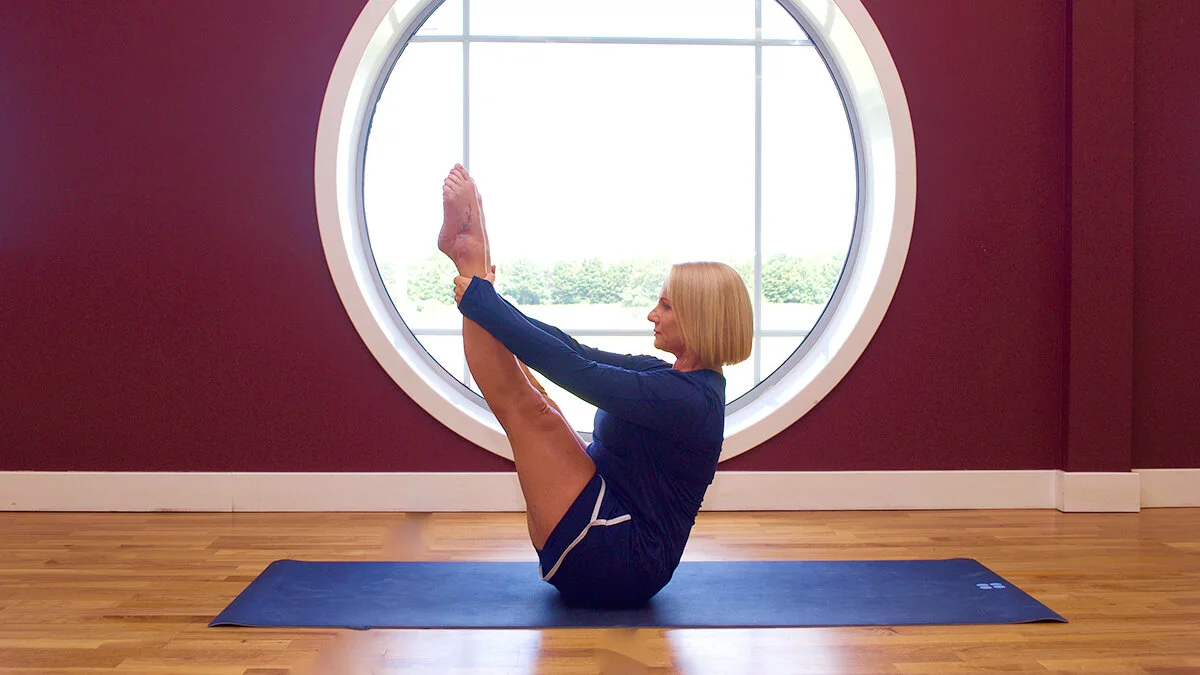The official name for what’s often referred to as your “hidden survival muscle” is the psoas muscle – and you actually have two: they’re a pair of long muscles that run from your lower back to the top of your hips on either side of your spine. The psoas is also similarly known as the "fight or flight" muscle because it’s connected to your natural survival instinct. When adrenaline is released, this muscle will tighten in moments of danger to protect you or help you run.
In fact, the psoas muscle does much, much more …
The soul of the body
It’s part of a group of muscles known as the “psoas complex”; this consists of the psoas major, psoas minor and the iliacus and make up our hip flexors. Considered to be the soul of the body, the psoas complex also supports our digestive organs, regulates our breathing and enables blood and lymph to move through our bodies efficiently.
Why the psoas is so important
Let’s look at it in more detail:
1.Aids hip flexion: the psoas complex helps you bring your knee towards your chest, which is essential for climbing stairs, walking, running and bending.
2. Maintains spinal stability and posture: the psoas attaches to the lumber spine and pelvis contributing to its stability and helping you keep a balanced posture.
3. Helps trunk movement: the psoas is important for being able to bend forwards and sideways – essential for tennis players, golfers, picking up children and domestic chores.
Not just a muscle
The psoas is believed to store trauma and stress. In yoga, the hips are linked to the sacral chakra which is associated with emotional expression. That’s why stretching and opening the hips can release stored emotions.
Feeling stiff?
Despite its resilience and strength, the psoas muscles are susceptible to tightness due to various factors which can affect back and spine health mobility and significantly impact athletic performance and general wellbeing. Symptoms can include pain in the lower back, hip and groin.
A tight psoas can also cause stiffness resulting in a limited range of movement in the hip. Contributing factors include leading a sedentary lifestyle, sitting at a desk for many hours and a lack of daily physical activity. And yet, over-exercising can have the same effect…
How Pilates can help
I generally start my Pilates classes by standing to open up the front body and hip flexors, enabling you to pull your spine up and stand correctly to result in a wonderful feeling of wellbeing.
Pilates is a brilliant way to improve your posture as many exercises provide the ideal balance of lengthening and strengthening your psoas muscles. Pilates also places an emphasis on engaging the core and on deep breathing to stabilise your trunk.
Slow down
It’s important to make time not just for Pilates but also for yourself by slowing down in your daily life in order to drop out of being in “fight or flight” mode – it’s not just your mind that needs this but also your hips!
Find a Pilates class to suit you
As Joseph Pilates once said, “Change happens through movement and movement heals.” Doing Pilates will help you build strength and stability, and improve your physical and mental state. Why not check out the Pilates classes I offer online and in person in Wimbledon, Chiswick and Kew.




